Hawaiian Coffee Bean producing area introduces Kona Coffee Flavor and Taste description Starbucks selects Kau Coffee?
Although Kona Coffee is still the most famous Hawaiian coffee export in history, there is no denying that some new coffee growing areas have emerged. As the focus of agriculture has shifted from sugar to coffee, more and more small coffee farmers have emerged. Let Qianjie introduce the new producing areas of Hawaiian coffee one by one.
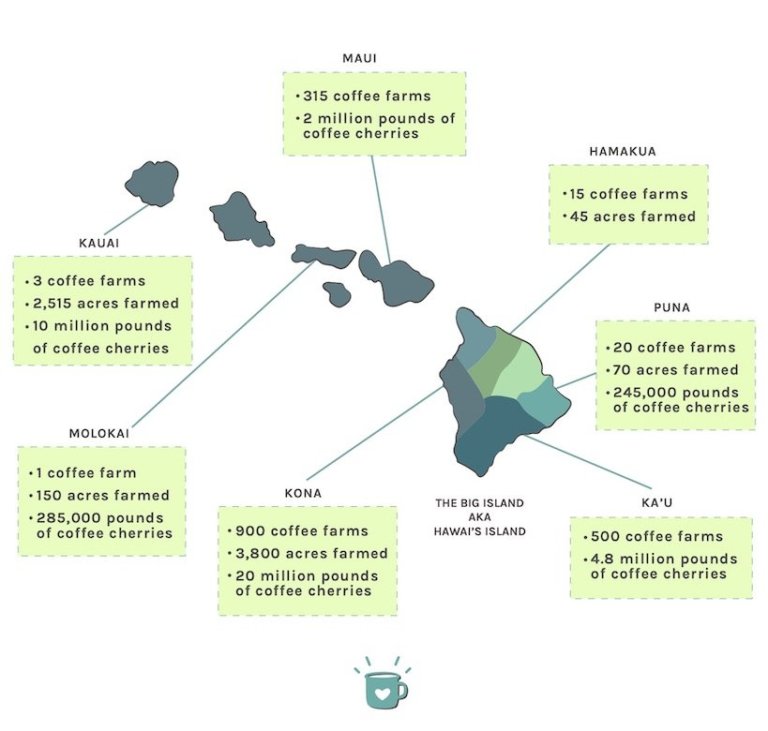
Starting with the most famous coffee growing in Hawaii.
Kona
Although Hawaii accounts for only 0.04% of the world's coffee supply, Kona coffee is recognized worldwide. A good proof of its quality and marketing.
Its name comes from the Kona region where it grew up, which occupies most of the western half of the island. Coffee farms gather on the western slopes of Mauna Loa and Ciudad Lale volcanoes at an altitude of 500 to 3000 feet. There are 900 coffee farms on a piece of land about 30 miles long and 2 miles wide, called the Kona Coffee Belt.
Sunny mornings, wet or cloudy afternoons and mild nights are the characteristics of the climate in the region. The volcanic soil is fertile and is an ideal condition for coffee growth.
At present, the only coffee bean from Hawaii on Qianjie is Kona coffee from Hawaii. Kona roasted in the front street is mainly a balanced and warm nectar sweet and elegant taste, and the aroma of mulberry fruit will surround the mouth.
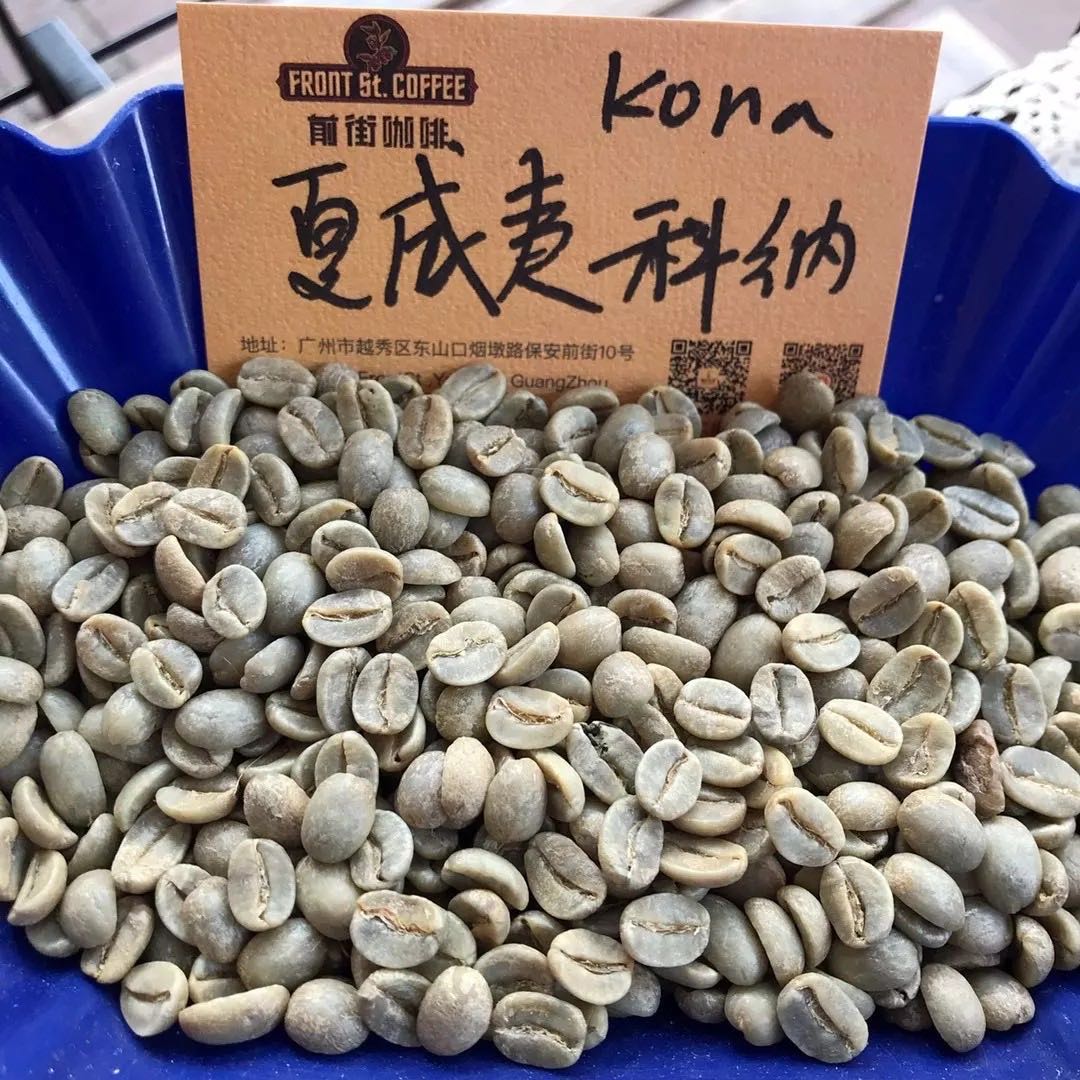
Kau
With its floral aroma, unique aroma and very smooth taste, Ka'u coffee is a "budding" coffee in Hawaii. In the past few years, Ka'u Coffee has won the top 10 in the wine tasting competition of the American Fine Coffee Association, the largest coffee event in the world.
It used to be a famous sugar producing area, but turned to coffee after the collapse of the sugar market. It is located in the southeast of Kona, on the southern slope of Mount Mauna Loa. Most coffee farms are small, covering less than five acres and between 1000 and 2500 feet.
Hamakua
The Hamakua coast is famous for its rolling hills and incredible scenic driving. The tropical slopes of Mauna Loa used to be the home of sugar cane, but now they are slowly turning into coffee. Most coffee farms on the Hamakua coast are small (an average of 5-7 acres) and berries are picked by hand. It is said that Hamakua coffee is full-bodied and smooth as chocolate. You can check it yourself in your own area.
Puna Puna
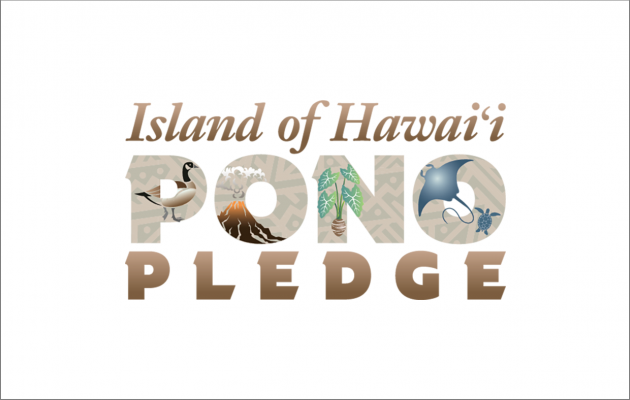
Pune is the newest coffee growing area on the Big Island of Hawaii, with a lot of untapped potential. There are 125 acres of arable land, all between 1000 and 2500 feet above sea level.
Pune is the wettest area on the island, with a relatively cold and cloudy climate. Most of the coffee here grows in lava, which gives it unique acidity, aroma and body.
Maui, Pulau
Maui has about 600 acres of coffee crops and produces more diverse crops. The reason behind this is that this coffee-growing area of Hawaii has mountainous terrain and a series of microclimates. Farmers here are more experimental in bean varieties and processing techniques-to help the local coffee industry develop.
The most famous breed of Maui is Maui Mauka. The heirloom crop gained worldwide recognition in 2012, when Starbucks launched thousands of other coffees in its Special Reserve coffee line.
Kauai
Kauai is home to Hawaii's first commercial coffee growing base, and long before Kona became the focus, it was still home to its largest single coffee farm. It is worth noting that it is the only coffee producing area in Hawaii that has not yet been affected by coffee borer insects.
This coffee-growing area of Hawaii has a stable climate all year round, sunny and mild at night. Most Hawaiian coffee grows on the low slopes of the Vialaire Mountains, where there is plenty of rain. Runoff brings nutrients from the mountain soil to the farm to fertilize the coffee trees below.
Molokai
Molokai's coffee production consists of a large plantation growing red catuai arabica varieties. It covers 150 acres in the Kualapu'u area of the island and, like other parts of Hawaii, has fertile volcanic soil and a stable climate.
Important Notice :
前街咖啡 FrontStreet Coffee has moved to new addredd:
FrontStreet Coffee Address: 315,Donghua East Road,GuangZhou
Tel:020 38364473
- Prev
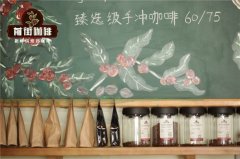
How should cooked coffee beans be stored? History of Guatemalan Coffee Development Flavor of washed bourbon Coffee beans
Guatemalan coffee has always been an important part of Qianjie coffee. Since the beginning of Qianjie, there have been 14 kinds of Guatemalan coffee. Different producing areas have different flavors and very similar flavor characteristics. Some time ago, in front of the street coffee activities, I believe you saved a lot of coffee beans, right? Worried about not having enough to drink? You can buy some more after reading this article. Today
- Next
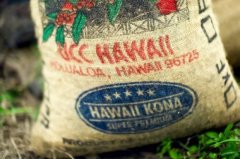
How does the state of raw coffee beans with unique spices in Hawaiian Kona coffee beans affect the taste?
Kona coffee is very popular all over the world. There is a lot of discussion about Kona coffee, and there is no doubt that taste is an important part of it. You are unlikely to find coffee beans that taste like Kona. Explain the taste of Kona coffee to you in a few words, it will be like this. Imagine a mixture of brown sugar, milk chocolate, a touch of honey and a touch of fruit
Related
- Detailed explanation of Jadeite planting Land in Panamanian Jadeite Manor introduction to the grading system of Jadeite competitive bidding, Red bid, Green bid and Rose Summer
- Story of Coffee planting in Brenka region of Costa Rica Stonehenge Manor anaerobic heavy honey treatment of flavor mouth
- What's on the barrel of Blue Mountain Coffee beans?
- Can American coffee also pull flowers? How to use hot American style to pull out a good-looking pattern?
- Can you make a cold extract with coffee beans? What is the right proportion for cold-extracted coffee formula?
- Indonesian PWN Gold Mandrine Coffee Origin Features Flavor How to Chong? Mandolin coffee is American.
- A brief introduction to the flavor characteristics of Brazilian yellow bourbon coffee beans
- What is the effect of different water quality on the flavor of cold-extracted coffee? What kind of water is best for brewing coffee?
- Why do you think of Rose Summer whenever you mention Panamanian coffee?
- Introduction to the characteristics of authentic blue mountain coffee bean producing areas? What is the CIB Coffee Authority in Jamaica?

